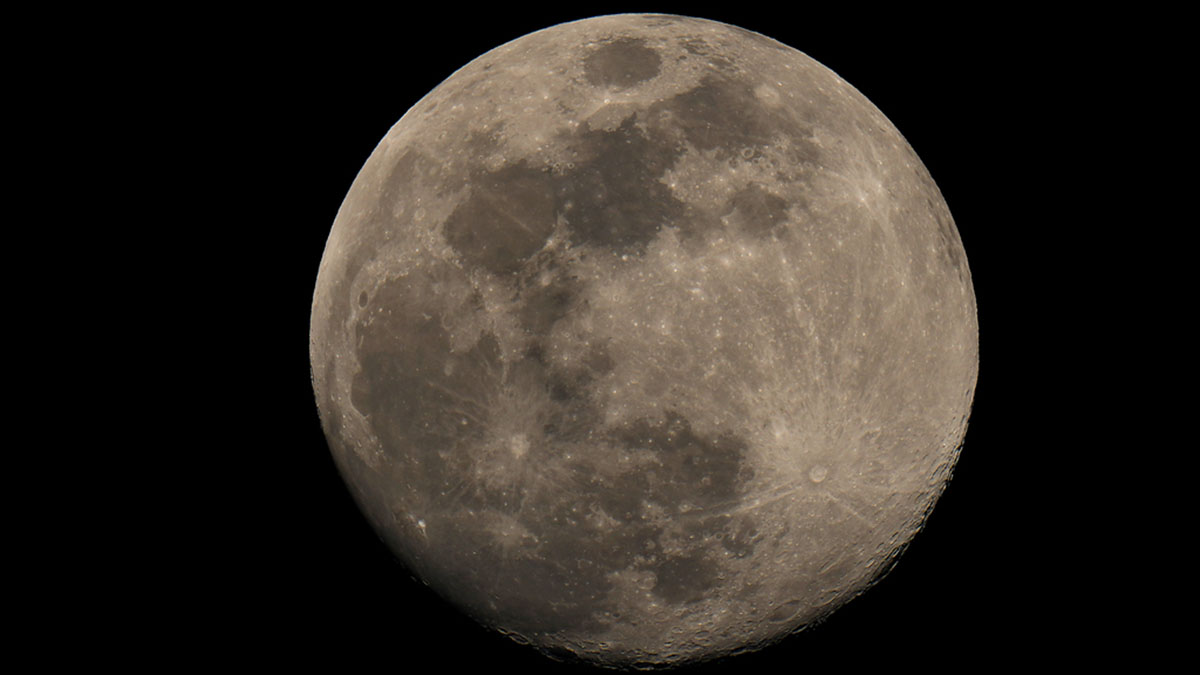In the realm of scientific endeavours, sometimes reality appears to mimic the wildest imaginations. Picture this: a nuclear power plant on the moon. It sounds like a plotline ripped from a James Bond movie, but it’s a proposal being seriously entertained by Russia and China.
Why the Moon?
In 2021, Russia and China inked an agreement to construct a lunar research station—a base on the moon. However, such installations demand substantial energy resources to operate efficiently.
Solar power limitations
Solar energy, seemingly the most obvious choice, falters due to the prolonged lunar nights, which can last up to 14 days, rendering solar panels ineffective during these periods.
Thus, the proposal for a nuclear power plant emerges as a viable alternative. The allure lies in its ability to provide uninterrupted power throughout the lunar cycle.
The plan unfolds
The timeline set by the head of Russia’s space agency aims for the installation and delivery of the plant by 2035. But how feasible is such a venture? While the technical aspects seem manageable, such as deploying the reactor with robots, a crucial challenge remains unresolved: cooling the reactor.
Cooling conundrum
Nuclear reactors demand copious amounts of water for cooling, a resource-scarce on the moon. Until a solution is found, the dream of a nuclear-powered lunar colony remains just that—a dream.
Impact Shorts
More ShortsThe concept of utilising nuclear energy in space isn’t entirely novel. In 1969, during the Apollo 12 mission, astronauts deployed a nuclear generator on the moon, showcasing the viability of nuclear power beyond Earth’s atmosphere.
NASA’s vision
Echoing Russia and China’s ambition, NASA too harbours plans for a sustained lunar presence, including a nuclear reactor to power their proposed long-term lunar base. In 2022, NASA awarded contracts to private companies to design lunar reactors. These reactors must meet stringent criteria, balancing weight constraints with power output requirements.
Nuclear energy’s promise and peril
While nuclear power holds promise for advancing space exploration, it also introduces significant risks. The potential fallout of a failed lunar nuclear mission, akin to Russia’s Luna 25 mishap, underscores the need for caution.
Moreover, the militarisation of space looms as a pertinent concern, with allegations of nations seeking to weaponise nuclear technology beyond Earth’s atmosphere.
As humanity ventures further into the cosmos, nuclear energy emerges as both a beacon of progress and a harbinger of peril. While it may unlock unprecedented opportunities for space exploration, it demands careful navigation to avoid catastrophic consequences. Thus, the pursuit of nuclear power on the moon symbolises not just a technological ambition but a moral imperative to safeguard our cosmic endeavours.
In essence, as we reach for the stars, we must ensure that our ascent is marked not by hubris but by wisdom and foresight.
Views expressed in the above piece are personal and solely that of the author. They do not necessarily reflect Firstpost’s views.


)

)
)
)
)
)
)
)
)



